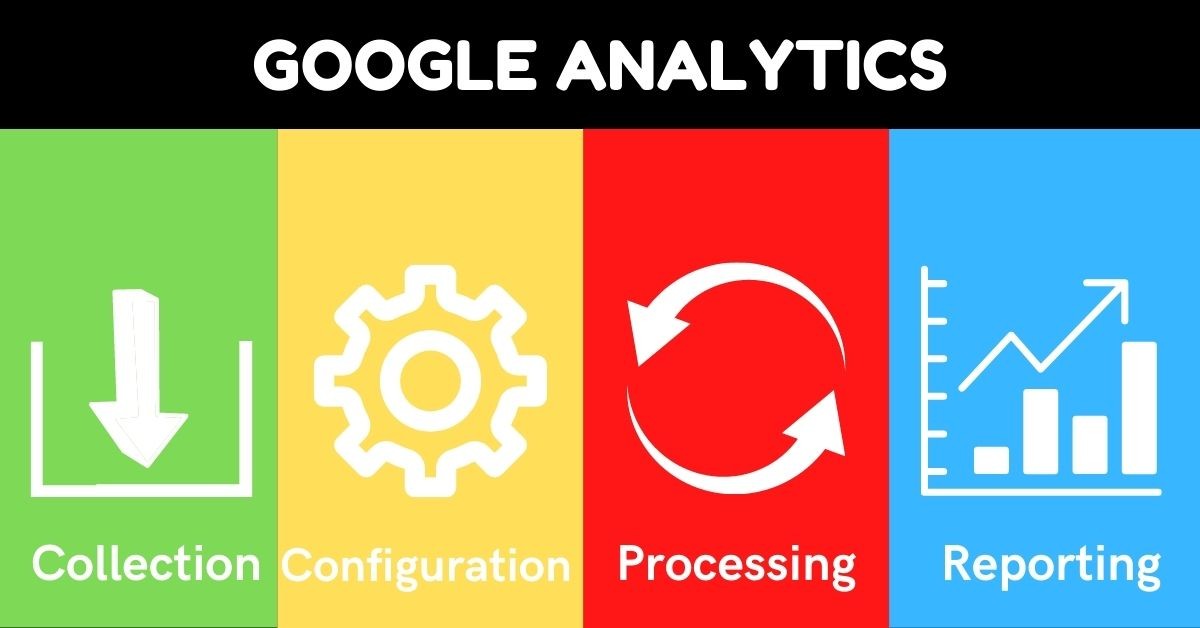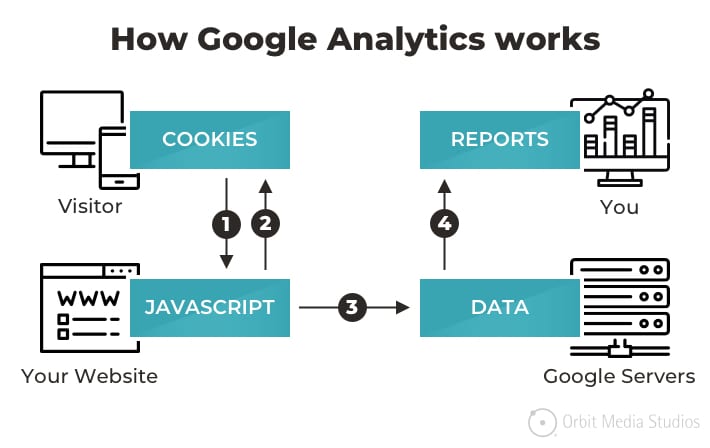Unpacking the Enigma: When Does the Google Analytics Tracking Code Send an Event Hit to Analytics?
Unpacking the Enigma: When Does the Google Analytics Tracking Code Send an Event Hit to Analytics?
Blog Article
Master Website Insights With Accurate Google Analytics Monitoring Code
The effective use of Google Analytics pivots on the exact application of its tracking code, a basic step usually forgotten by website proprietors. What are the common pitfalls that could undermine your monitoring efforts, and how can you guarantee accuracy in your approach?
Recognizing Google Analytics Fundamentals
Google Analytics is a necessary tool for site proprietors and marketing experts, giving indispensable understandings into user actions and site performance. At its core, Google Analytics gathers data concerning visitors to a web site, enabling users to examine metrics such as web traffic resources, customer interaction, and conversion prices. Recognizing these basics is critical for enhancing a site's effectiveness and improving customer experience.
The system employs cookies to track communications, recording information such as web page views, session periods, and bounce rates. This details is accumulated and offered with customizable control panels, enabling customers to imagine trends with time. Key efficiency indicators (KPIs) can be monitored, such as the overall number of individuals, new versus returning visitors, and the geographic circulation of the target market.
Moreover, Google Analytics offers division attributes, permitting individuals to separate certain website traffic sources or customer demographics for more targeted analysis. By understanding these fundamental aspects, internet site owners can make enlightened decisions concerning content technique, advertising and marketing campaigns, and general site renovations. Inevitably, comprehending Google Analytics basics is vital for leveraging data to drive growth and accomplish business goals effectively.
Setting Up Your Tracking Code

Copy the offered tracking code and paste it right into the HTML of your internet site. Preferably, this code should be put in the header section of every page you want to track. This makes certain that the monitoring code lots prior to any kind of various other content, enabling it to catch data precisely. If you are making use of a material monitoring system (CMS) like WordPress, there are plugins readily available that streamline the integration procedure.
After installation, validate that the monitoring code is functioning correctly by utilizing Google Tag Aide or the Real-Time reports in Google Analytics - when does the google analytics tracking code send an event hit to analytics?. This step is crucial to verify that your information collection is exact and energetic, setting the foundation for informative analysis
Typical Tracking Code Issues
This may happen when the monitoring code is put in the incorrect section of the web site's HTML, frequently leading to insufficient or missing data. In addition, having multiple instances of the monitoring code on a single web page can result in inflated metrics, as customer interactions may be counted much more than as soon as.
One more concern develops from the use of ad blockers, which can avoid the tracking code from executing entirely, thus skewing data. when does the google analytics tracking code send an event hit to analytics?. Furthermore, failing to set up filters correctly can result in the exemption of vital web traffic sources or the addition of undesirable referral spam, misshaping the data accumulated
Site owners may additionally forget the significance of tracking code updates, particularly when migrating to Google Analytics 4 (GA4) from Universal Analytics. Lastly, insufficient testing before releasing adjustments can cause undetected errors in the monitoring code, even more making complex information dependability. Dealing with these usual concerns is important for guaranteeing precise monitoring and insightful analytics.
Analyzing Internet Site Information Successfully
Precise data collection is only the very first step in leveraging Google Analytics; the actual worth hinges on efficiently examining that data to drive informed decision-making. To achieve this, it is important to determine essential efficiency indications (KPIs) that straighten with your service goals. Focus on metrics such as conversion prices, customer involvement, and web traffic sources, as these will supply insights right into individual habits and the general effectiveness of your internet site.
Using Google Analytics' segmentation features permits a deeper understanding of your target market. By breaking down information into specific demographics, habits, and traffic networks, you can uncover fads and patterns that notify targeted approaches. Executing personalized records and Get the facts control panels can enhance this process, making it possible for quick access to essential data.
In addition, consistently assessing information fads gradually helps to recognize anomalies and possibilities for improvement. Use visualization tools to existing information in an easily digestible style, helping with extra effective communication with stakeholders. Ultimately, the capacity to analyze web site information effectively equips services to make tactical decisions that boost customer experience, maximize advertising and marketing initiatives, and drive growth.

Finest Practices for Accurate Monitoring
Carrying out effective monitoring practices is critical for acquiring dependable information in Google Analytics. To guarantee accurate monitoring, begin by correctly setting up the Google Analytics tracking code on every web page of your web site. This can be accomplished with a tag manager or by straight embedding the code into the HTML.
Following, configure your Google Analytics account to leave out internal website traffic. This can be done by establishing filters that identify and eliminate check outs from your organization's IP address, thereby protecting against skewed information. In addition, utilize occasion monitoring to keep an eye on particular user communications, such as downloads or video plays, which conventional web page views may neglect.
Frequently examine your tracking setup to confirm that all functions, such as objectives and ecommerce tracking, are functioning correctly. Develop a regular identifying convention for your projects and events to help with easier reporting and analysis.
Lastly, think about leveraging UTM parameters for projects to get understandings right into the efficiency of various marketing efforts. By following these best techniques, you can improve the accuracy of your information collection and evaluation, inevitably causing even more educated decision-making for your site.
Conclusion
By making certain the monitoring code is correctly positioned and routinely audited, site proprietors can catch vital customer interaction data, therefore helping with the recognition here of crucial performance indications. Eventually, a durable tracking structure improves the ability to drive involvement and enhance total internet site efficiency.

Insufficient testing before launching modifications can result in undiscovered errors in the monitoring code, additionally complicating data integrity.Executing efficient tracking practices is crucial for getting reliable data their website in Google Analytics. By making certain the monitoring code is properly placed and routinely investigated, website proprietors can catch crucial individual interaction information, therefore facilitating the identification of key efficiency indicators.
Report this page